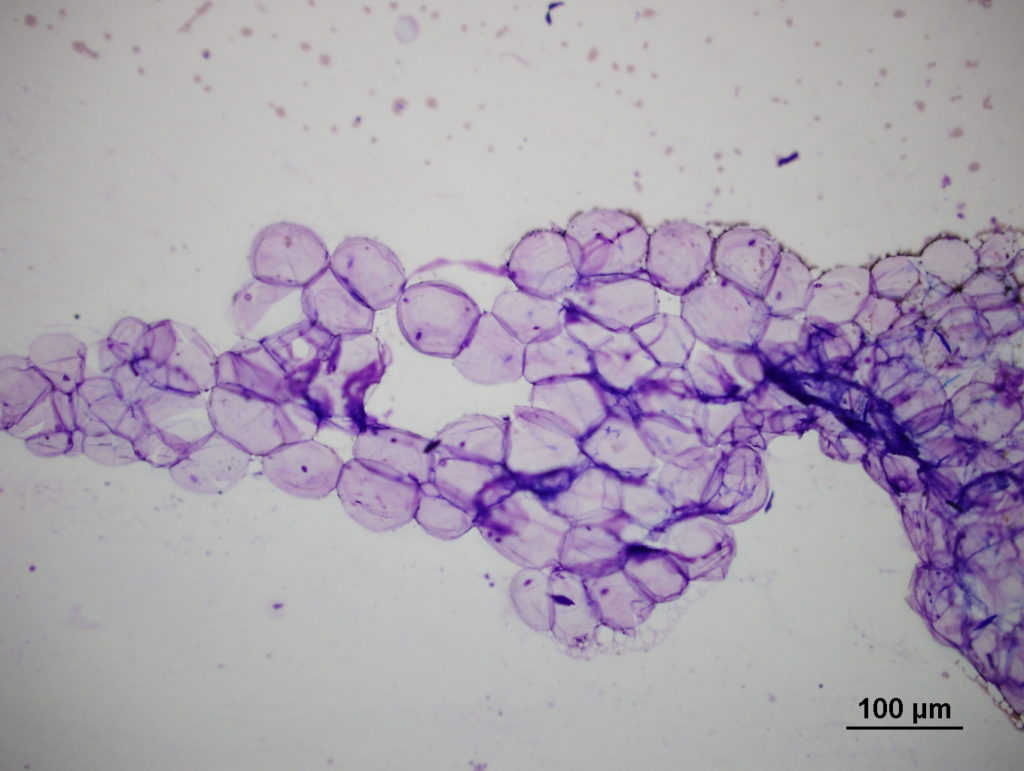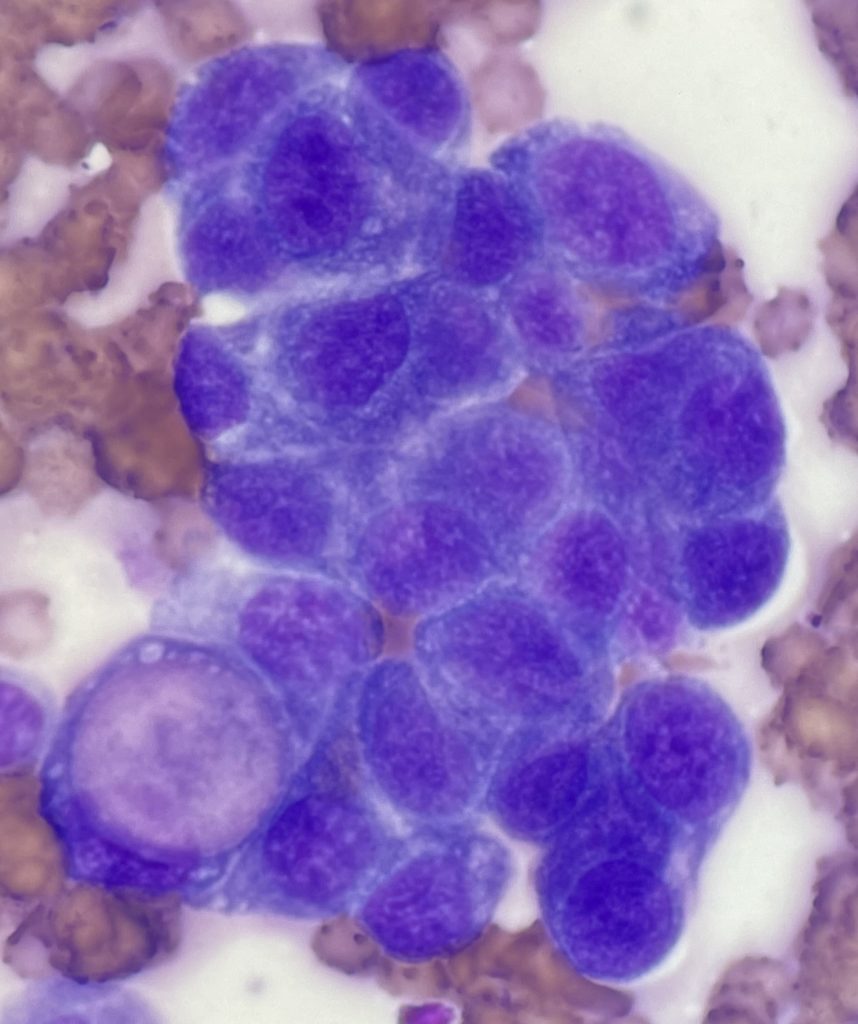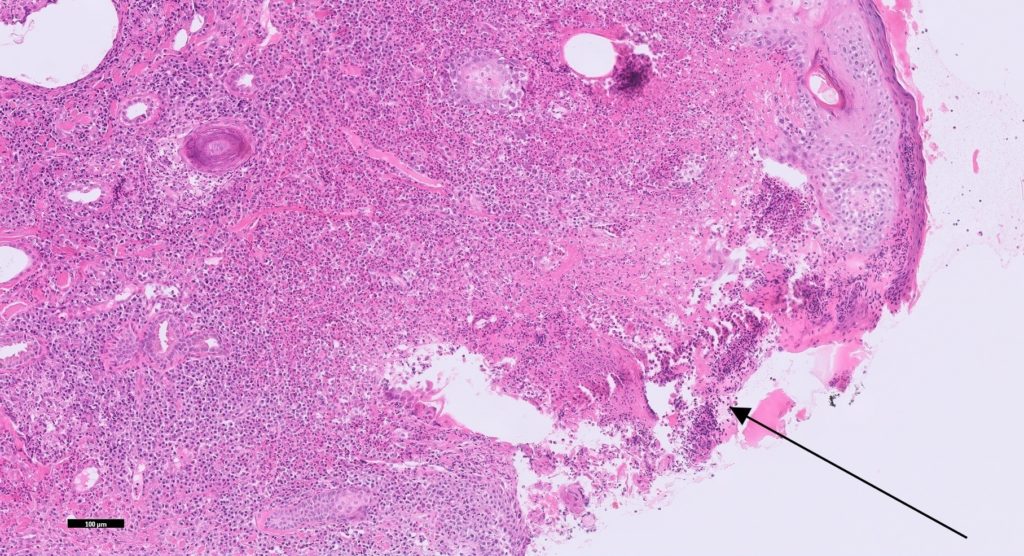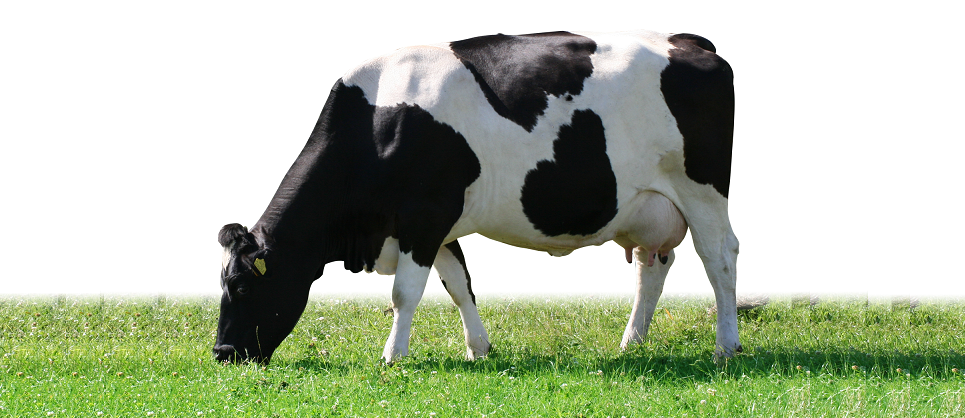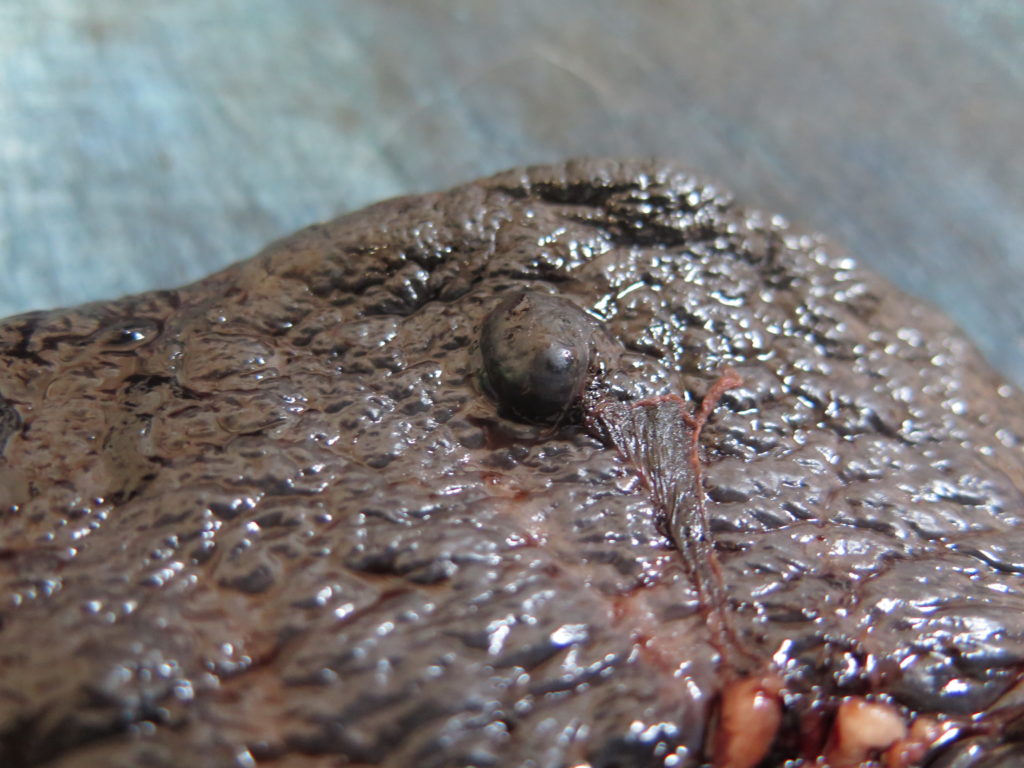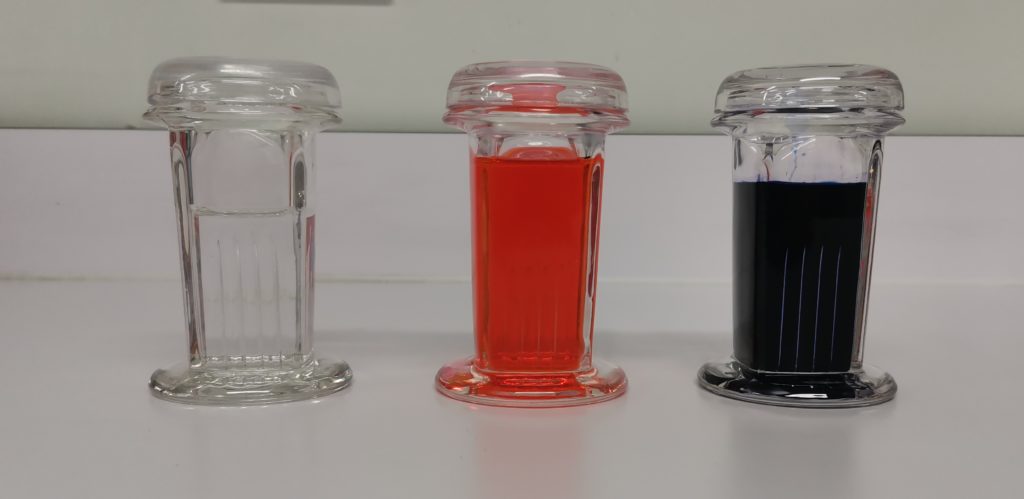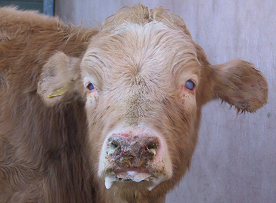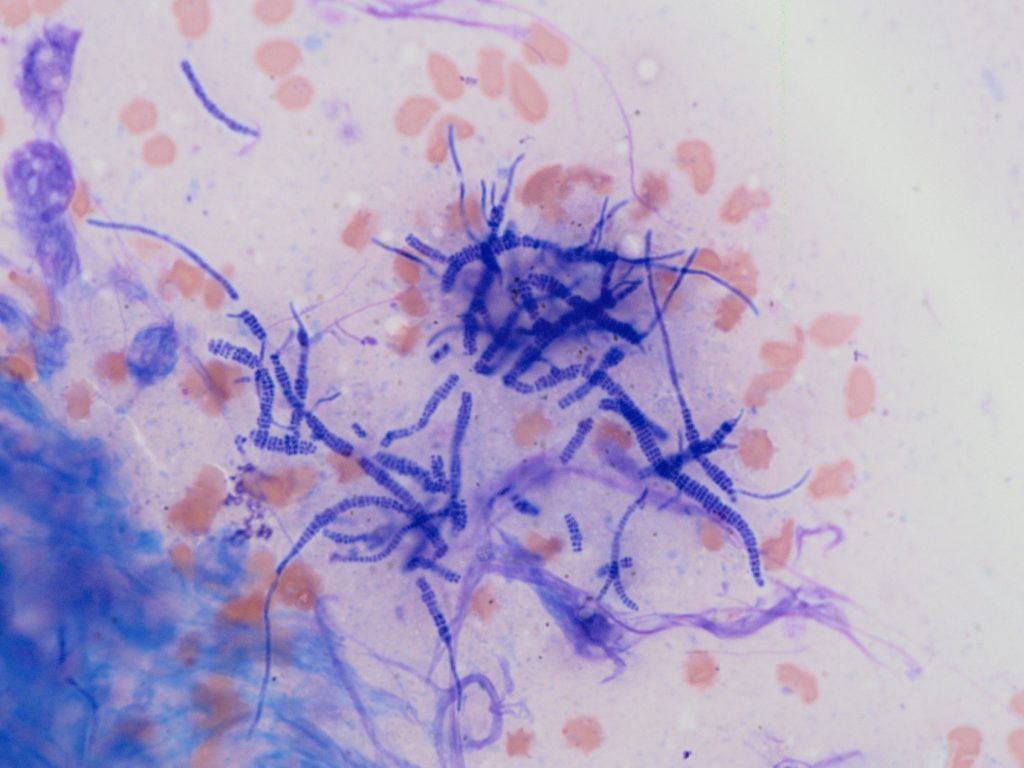Hidden in fat
KATHRYN JENKINSA recent interesting case highlighted the issue of a lesion which can mimic the clinical appearance of a benign lipoma.Clinical history:A 10-year-old dog presented with a 7 cm diameter mass located on the upper forelimb, which had been slowly growing over the last 4-6 months. The mass palpated like a lipoma, and greasy material […]

